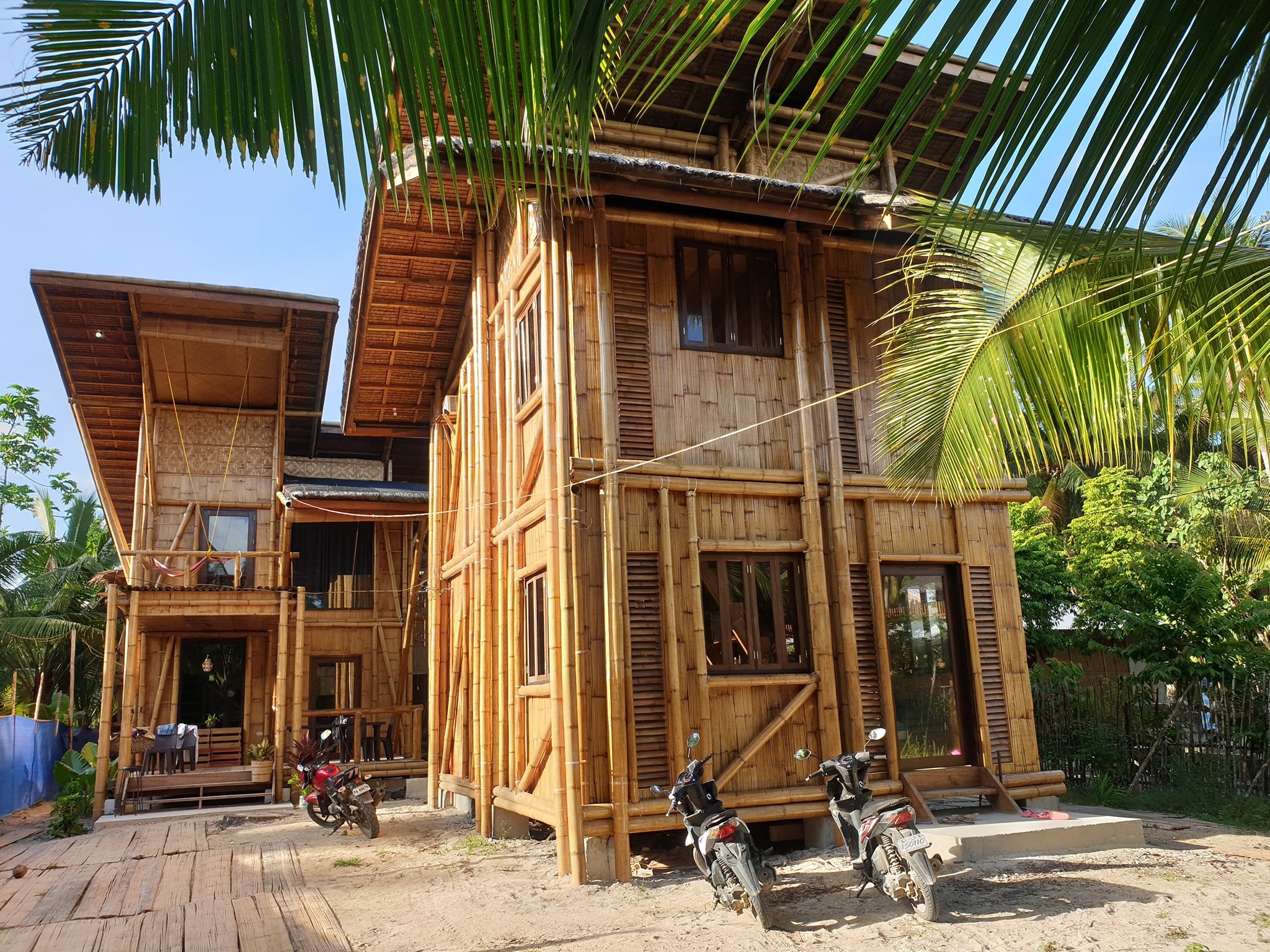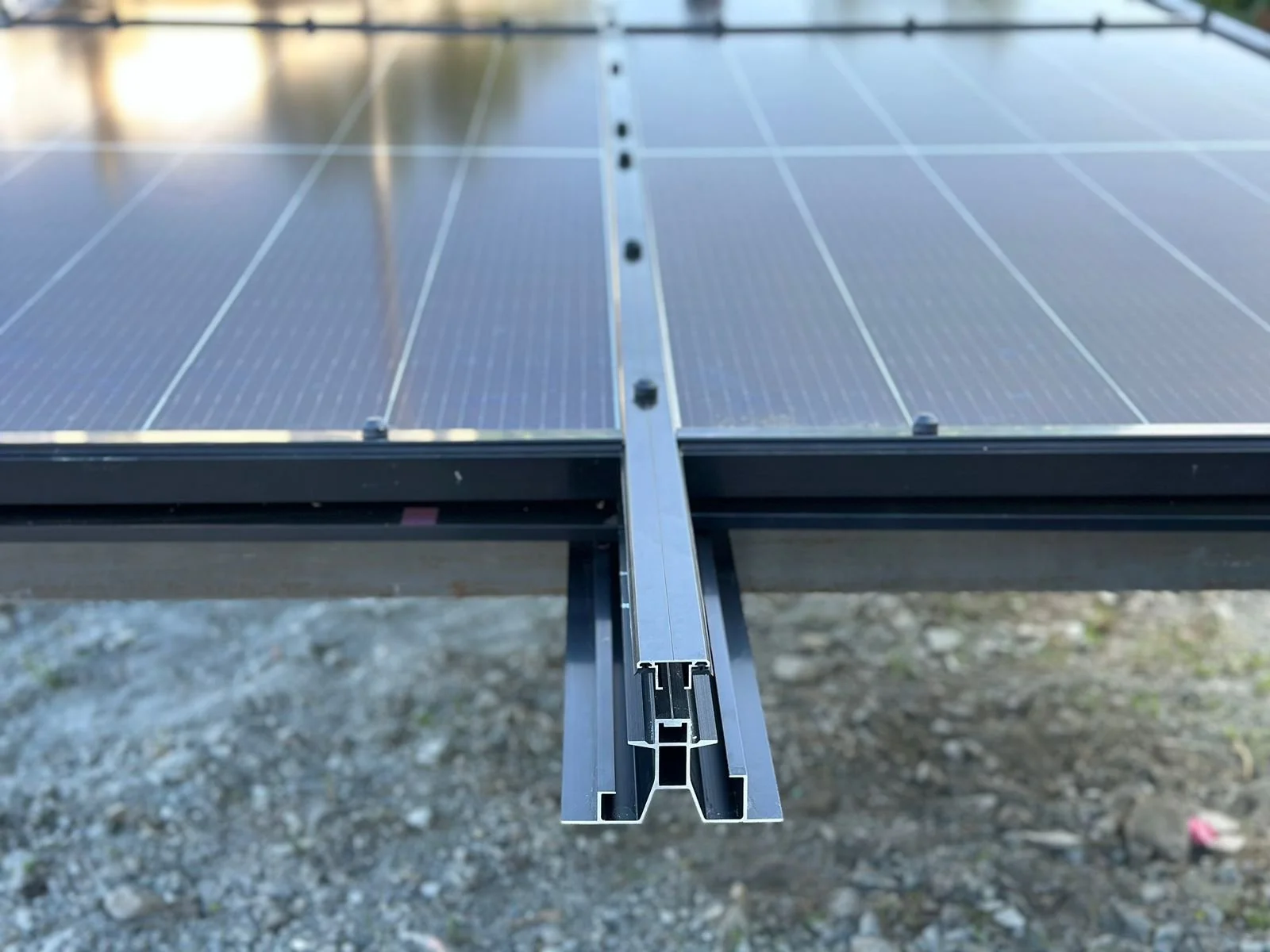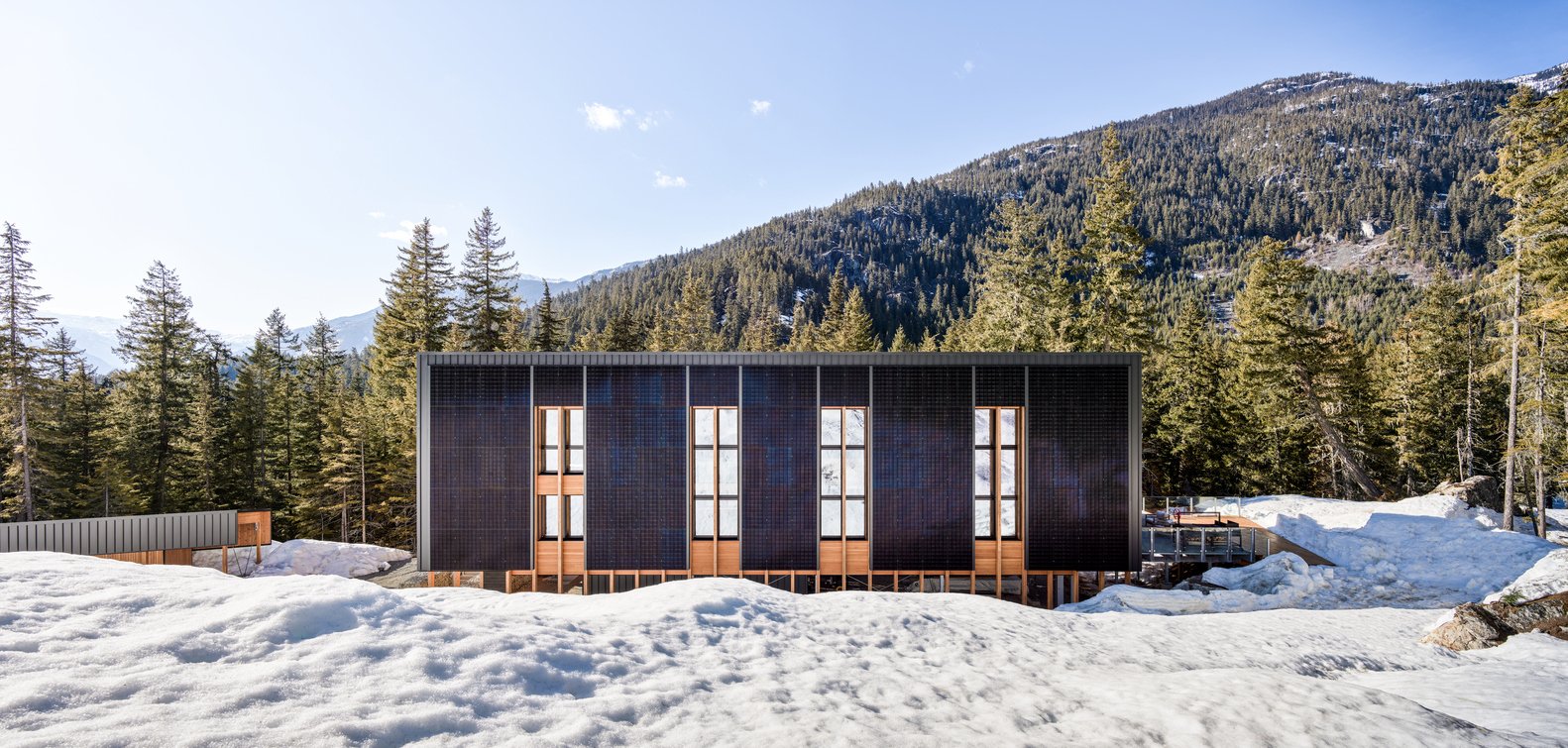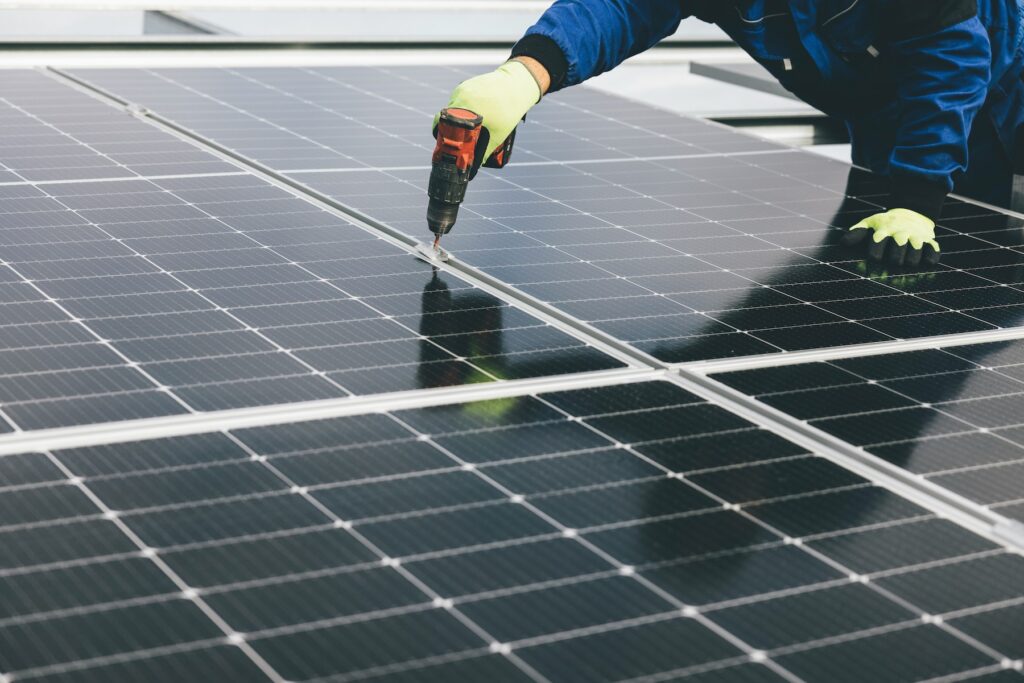Delve into the world of sustainable housing as this article debunks five common myths about net-zero homes, offering a clearer understanding of the access, affordability, and benefits of a sustainable lifestyle.
In the landscape of architecture, a new paradigm is emerging and is gradually becoming a familiar term. Net-zero homes, once considered futuristic concepts, are now becoming a tangible reality, reshaping the residential landscape towards sustainability. These are residences designed to generate as much renewable energy as they consume, embodying the spirit of sustainable architecture and ushering in a new era of environmental responsibility.
Despite the growing interest in these eco-friendly constructs, several misconceptions about net-zero homes persist, causing confusion and reluctance among potential homeowners. This article aims to offer clarity by dispelling these myths and shedding light on the reality of living net-zero.
1. Myth: “Net-Zero Homes are Expensive”
Truth: Net-Zero Homes Save On Costs
One of the most prevalent misconceptions is the belief that net-zero homes are a luxury. Many perceive traditional homes, constructed with materials that may not be environmentally sustainable, as more affordable compared to net-zero homes.
Undeniably, up-front costs are higher than conventional homes, primarily due to the integration of energy-efficient systems such as solar panels, ventilation, and insulation. However, the narrative changes when considering long-term savings on energy bills.
For instance, a case study in Singapore, known for its ambitious sustainable living projects, showcases a residential building that achieved net-zero status. Despite initial expenses being about 20% higher than traditional homes, the residents saw a significant decrease in energy bills, averaging a reduction of 60% annually.
This case study not only highlights the immediate environmental benefits but also underscores the long-term financial advantages, as the reduced energy costs offset the initial investment within a few years.
Meanwhile, in other countries, economic incentives for renewable energy, such as tax breaks and reduced tariffs, are present, further emphasizing the financial viability of such incentives.
2. Myth: Net-Zero is for the Urban Rich
Truth: Net-Zero is Accessible
Secondly, the belief that net-zero homes are reserved for the affluent or exclusively available in urban areas is another myth often encountered. The Philippines is a country with various regions and provincial areas that make cities distant to many, thus driving an old stigma to people in the provinces.
Yet, many are unaware that net-zero living is actually an adaptable concept that can be implemented in various geographical and socio-economic contexts. The fact that there are sustainable homes in less urbanized provinces like the Siargao Tiny Homes confirms this.
These projects illustrate how sustainable architecture and a net-zero lifestyle can blend seamlessly into diverse varied regions, shattering perceptions about accessibility.
3. Myth: “It’s Hard to Maintain a Net-Zero Home”
Truth: Minimal Maintenance is Needed in Net-Zero Homes
Due to the high-tech image often associated with net-zero homes, several potential homeowners miss out on the benefits of sustainable living, fearing that they require complicated maintenance.
But sustainable technology is more about simplicity and effectiveness than complexity. Innovative systems such as rainwater harvesting require little to no maintenance, while photovoltaic cells and energy-efficient appliances demand minimal care. Care tips for solar panels, for example, is simply to clean them twice a year to keep them in good condition.
4. Myth: “Net-Zero Homes Look Unattractive”
Truth: Net-Zero Homes Have Progressed Past Just Focusing On Energy-Efficiency
Fourth, the fallacy that net-zero homes compromise on design aesthetics and comfort is far from the truth. On the contrary, these homes offer an opportunity to innovate, blending traditional architectural elements with eco-friendly concepts.
Architects and homeowners engaged in sustainable living have come up with stunningly beautiful net-zero homes, fusing modern techniques with local cultural identities. These cases serve as an affirmation that adopting a net-zero lifestyle doesn’t mean giving up on comfort or personal preferences.
5. Myth: “Net-Zero Homes Don’t Make Sense Where I Live”
Truth: Net-Zero Homes Can Be Built For Both Warm and Cold Climates
SoLo House / Perkins&Will. Image © Andrew Latreille
Lastly, skeptics often question the practicality of net-zero homes in tropical climates or the contrary, colder climates. Architects and experts have time and again reinforced the adaptability of these sustainable buildings to adhere to the climates they are built in.
Cooling features like green roofs, natural ventilation, and superior insulation are integrated into the design to combat warm, humid climates, enhancing comfort and reducing energy consumption. Whereas for cold climates, heating features such as air source heat pumps, triple-paned windows to minimize thermal conductivity, and onsite renewable energy to power electricity, heating, and cooling of the home with some left over.
Illuminating the Road to Net-Zero: Stride Ahead with Sustainable Living
Debunking these misconceptions clears the path to a more sustainable future. Net-zero homes represent more than a trend – they are a testament to the innovation, pragmatism, and environmental consciousness that characterizes the global response to climate change and escalating utility costs.
In the Philippines, more people are understanding and adopting the principles of sustainable living and a net-zero lifestyle making the dream of an eco-friendlier country becomes increasingly attainable.
BillionBricks builds net-zero homes that are energy-efficient, self-sustaining, and affordable. We are building our first community of Net-Zero homes in the Philippines! If you want you to reserve your first home, send us a message here. Want us to build in your country? Contact us here.
Resources:
-
Princess Catherine Pabellano. The Future We Build: Adoption of Sustainable Architecture in the Philippines. Retrieved from https://billionbricks.org/updates/the-future-we-build-adoption-of-sustainable-architecture-in-the-philippines?rq=philippines
-
Krees de Guia. Siargao Tiny Homes: A Sustainable Approach to Philippine Rural Housing. Retrieved from https://billionbricks.org/updates/siargao-tiny-homes-a-sustainable-approach-to-philippine-rural-housing?rq=philippines
-
Janet Richardson. Rainwater Harvesting System Warranties and Maintenance. Retrieved from https://www.renewableenergyhub.co.uk/main/rainwater-harvesting-information/rainwater-harvesting-system-warranties-and-maintenance#:~:text=Maintaining%20Your%20Rainwater%20Harvesting%20System&text=The%20tank%20is%20normally%20designed,be%20cleaned%20at%20some%20point.
-
EIA. Solar explained Photovoltaics and electricity. Retrieved from https://www.eia.gov/energyexplained/solar/photovoltaics-and-electricity.php
-
Ian Fulgar. Architects In The Philippines For Resiliency And Sustainability. Retrieved from https://www.ianfulgar.com/architecture/architects-in-the-philippines-for-resiliency-and-sustainability/
-
Dachuan Shi et. al. Climate adaptive optimization of green roofs and natural night ventilation for lifespan energy performance improvement in office buildings. Retrieved from https://www.sciencedirect.com/science/article/abs/pii/S0360132322007351
-
David Dodge. Net-Zero Homes—The Most Efficient, Comfortable Homes Money Can Buy. Retrieved from https://www.theearthandi.org/post/net-zero-homes-the-most-efficient-comfortable-homes-money-can-buy









